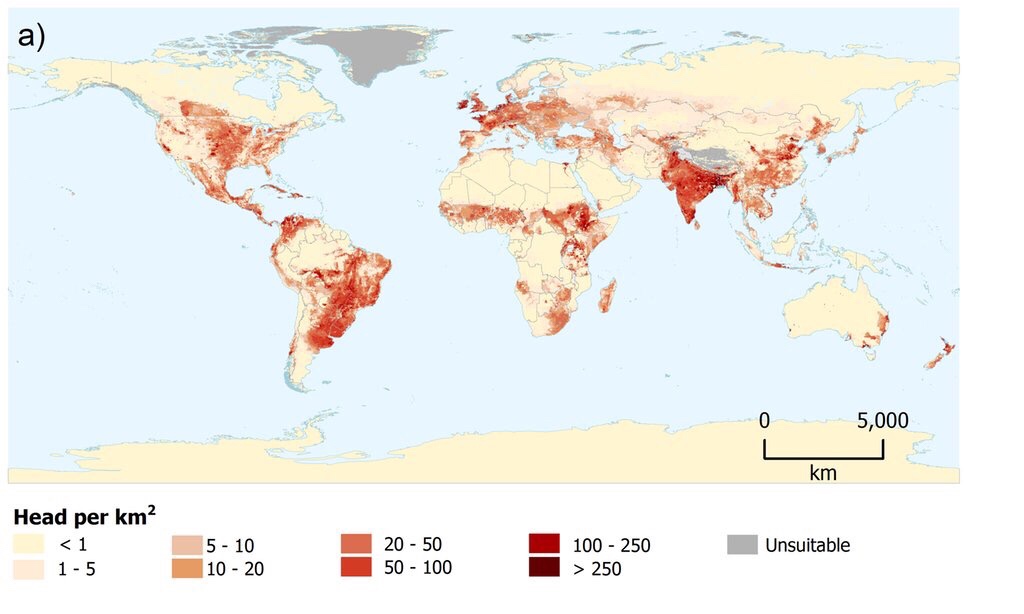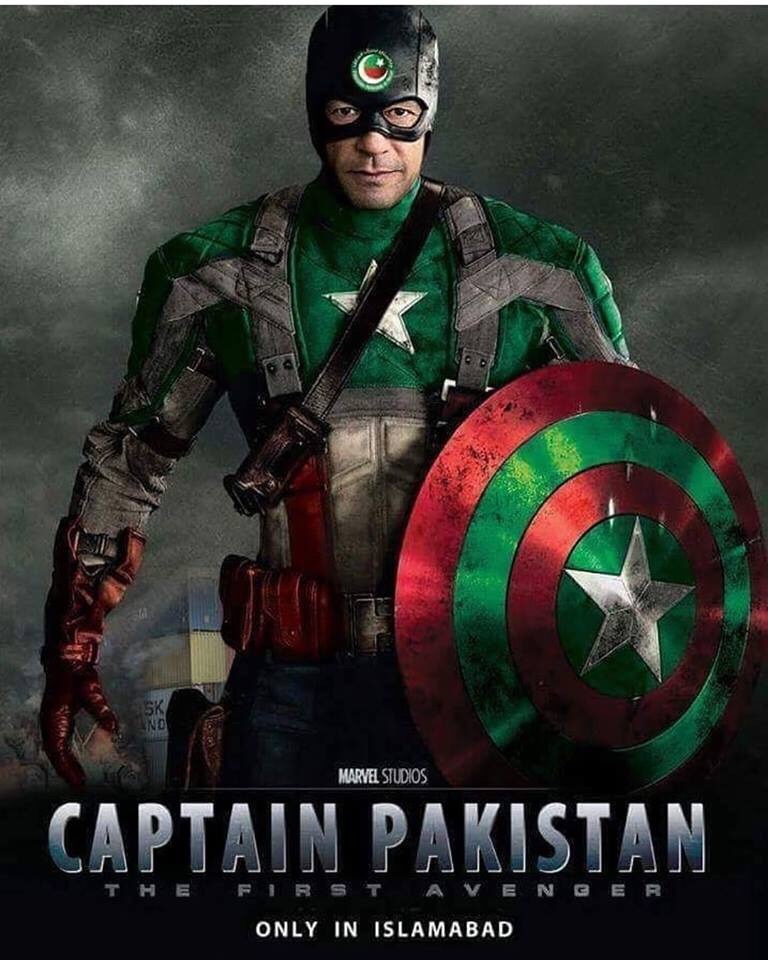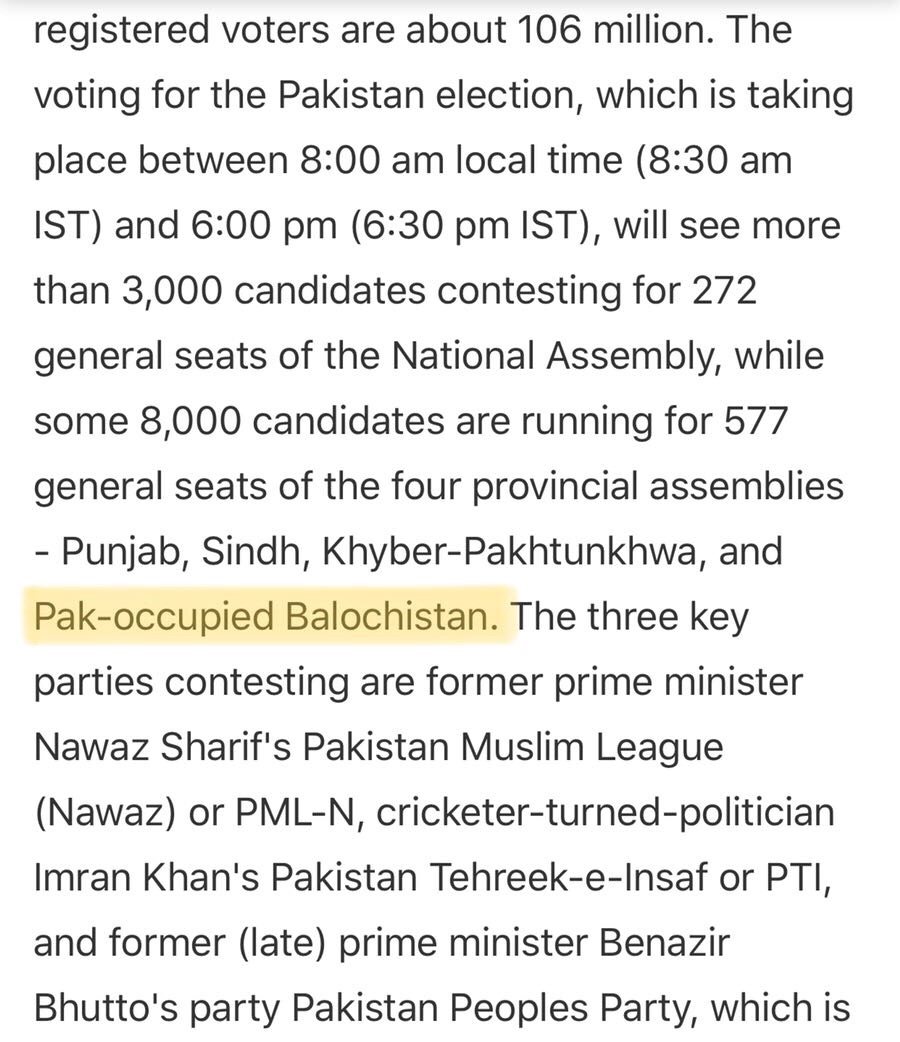De Swaan divides languages into four categories. Lowest on the pyramid are the “peripheral languages”, which make up 98% of all languages, but are spoken by less than 10% of mankind. These are largely oral, and rarely have any kind of official status. Next are the “central languages”, though a more apt term might be “national languages”.
These are written, are taught in schools, and each has a territory to call its own: Lithuania for Lithuanian, North and South Korea for Korean, Paraguay for Guarani, and so on.
Following these are the 12 “supercentral languages”: Arabic, Chinese, English, French, German, Hindi, Japanese, Malay, Portuguese, Russian, Spanish and Swahili – each of which (except for Swahili) boast 100 million speakers or more. These are languages you can travel with. They connect people across nations. They are commonly spoken as second languages, often (but not exclusively) as a result of their parent nation’s colonial past.
Then, finally, we come to the top of the pyramid, to the languages that connect the supercentral ones. There is only one: English, which De Swaan calls “the hypercentral language that holds the entire world language system together”. The Japanese novelist Minae Mizumura similarly describes English as a “universal language” . For Mizumura, what makes it universal is not that it has many native speakers – Mandarin and Spanish have more – but that it is “used by the greatest number of non-native speakers in the world”. She compares it to a currency used by more and more people until its utility hits a critical mass and it becomes a world currency. The literary critic Jonathan Arac is even more blunt, noting, in a critique of what he calls “Anglo-Globalism”, that “English in culture, like the dollar in economics, serves as the medium through which knowledge may be translated from the local to the global.”
Behemoth, bully, thief: how the English language is taking over the planet
This article seems a bit tired and the entire tone of the Guardian moaning the supremacy of the English language reminds me of the whole furore over white privilege, sometimes it’s simply an exultation that one has it.
Even though I’m writing this in English I don’t think English is taking over; it’s simply reflecting the Anglo-American supremacy from Queen Vic to QE (Trump represents the high water mark of this era).
As China grows in power; 1 point something billion Chinese aren’t going to magically shift to English. Furthermore beyond the Old Commonwealth (the White Dominions + US); English gains its prominence from its usage in the New Commonwealth (Africa & Asia).
One shouldn’t underestimate the importance of a Lingua Franca but neither extol or exaggerate its significance. Just as the Dollar can be easily replaced so can the English language.
As a final thought this is why my idea on Languages + Script = Civilisation is so important (if I say so myself).


